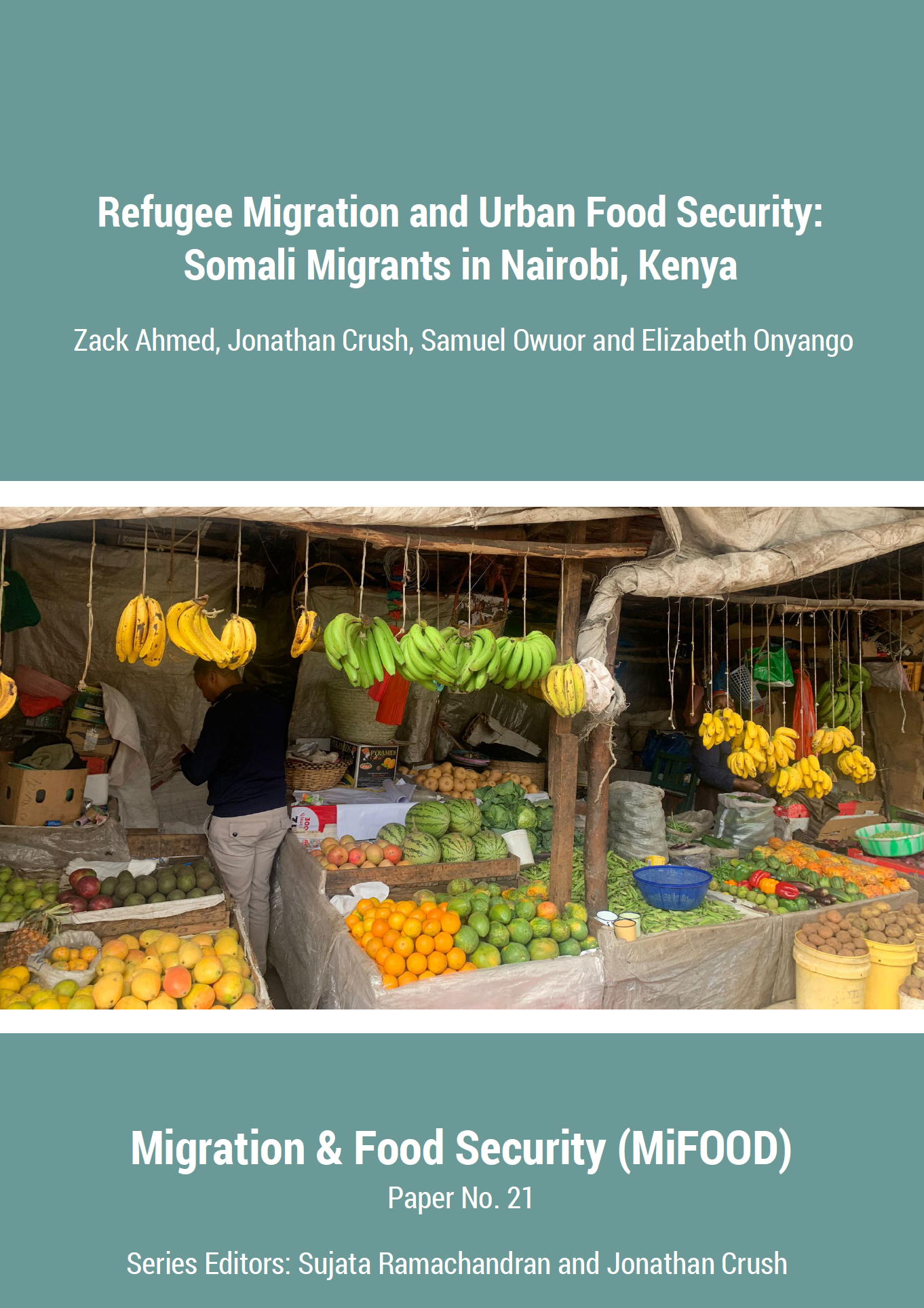This paper investigates the relationship between refugee migration and urban food security, focusing on Somali migrants in Nairobi, Kenya. Despite the abundance of literature on urban refugees and their economic integration, scant research has addressed their food security challenges. Utilizing a household survey conducted in Nairobi’s Eastleigh neighborhood, the paper explores the levels, determinants, and spatial variations of food security among Somali refugees. Findings reveal that while migration to Nairobi generally improves food security compared to conditions in Somalia, substantial disparities exist within the refugee population, with a significant portion still facing severe food insecurity. Factors such as household type, household income, education level, and the education and employment status of the household head are significantly associated with food security status. Spatial analysis within Eastleigh highlights pronounced disparities in food security across different sections of the neighborhood. The study underscores the need for holistic, context-specific strategies to address urban refugee food insecurity, emphasizing the importance of economic empowerment and targeted support for vulnerable groups to achieve sustainable food security outcomes.

